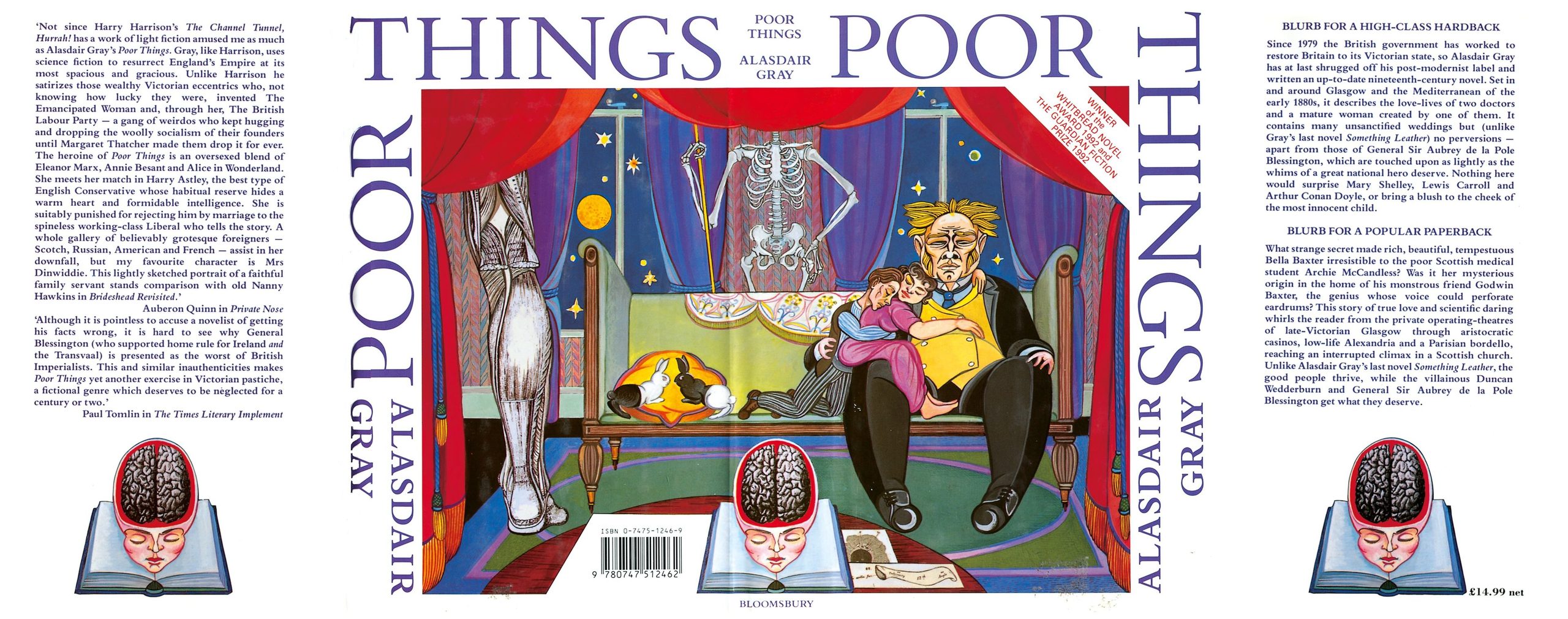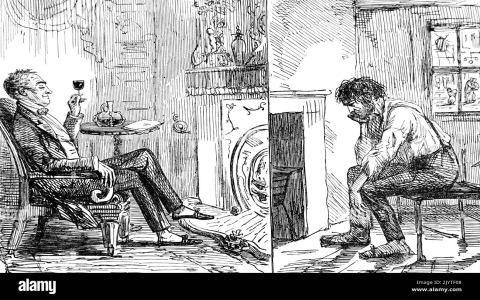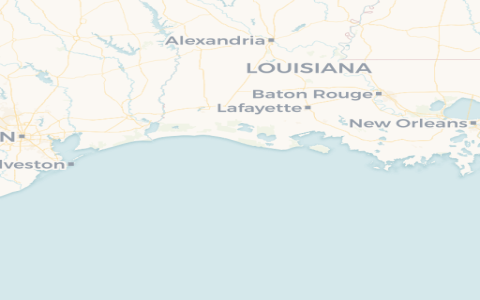The Heart Within The Hollow: Exploring "Poor Things" Illustrations
Poor Things, a novel by Alasdair Gray set in Victorian-era Scotland, plunges the reader into the bizarre yet compelling life of Bella Baxter. Among its many interpretations, what stands out in the cultural landscape are the various illustrations inspired by this narrative, each piece capturing the essence of the story’s eccentricities and philosophical depths.
These artistic renditions, often called Poor Things illustrations, do not merely serve as visual accompaniments to the text; they delve deep into the emotional and existential turmoil of the characters, particularly Bella. They depict a world where moral boundaries blur, and where innocence is both a facade and a tragic reality.

Exploring Bella’s Journey Through Illustration
The journey of Bella Baxter, born from the mind of a somewhat mad scientist, Godwin Baxter, offers countless avenues for artistic interpretation. From her naive beginnings to her complex exploration of self-identity and independence, artists have found rich ground to cultivate. Illustrations often depict Bella in various stages of her life – sometimes childlike, often in bewilderment at the world, and finally as a woman seeking to understand her place within it.
These illustrations capture not just her physical transformation but the inner turmoil and existential questions that arise from her unique origins. The choice of medium, palette, and style varies greatly; some artists use the cold, precise lines of a Victorian scientific diagram to underscore her creation, while others use vibrant, almost surreal colors to highlight her journey from naivety to self-awareness.
Techniques and Themes in Poor Things Illustrations
Artists tend to focus on a few key themes when illustrating Poor Things:
-
Creation and Identity: The theme of creation is not just about the Frankenstein-like inception of Bella but also about her journey to define who she is beyond her origins. Illustrations often depict Bella with symbols of her creator, Godwin, around her, suggesting an ongoing battle between her identity and imposed expectations.
-
Naivety vs Experience: A stark contrast exists between the innocence Bella starts with and the harsh experiences of life she encounters. Illustrators capture this by juxtaposing imagery that symbolizes purity against elements of the darker Victorian world.
-
Displaced Realities: The settings in these illustrations are often slightly off-kilter, hinting at the distorted reality Bella navigates, both externally in her adventures and internally in her quest for understanding.

The Illustrative Impact on Readers
Illustrations of Poor Things do more than entertain; they provoke readers to reflect on broader themes such as morality, autonomy, and the nature of love. By visualizing Bella’s complex inner life, they challenge us to consider how we view individuality, consent, and the ethics of human creation and manipulation.
These artworks find their way into galleries, book covers, fan merchandise, and digital spaces, fostering a dialogue between art and text. Each illustration invites introspection, asking viewers to look beyond the surface, to find the "poor things" not just in the characters of the book but in ourselves and society.
Through Poor Things illustrations, artists echo Bella’s quest for truth. They offer a visual exploration of what it means to be human, asking us to consider the depth of our own journeys. By engaging with these illustrations, one is not just an observer but a participant in Bella’s understanding of existence, identity, and ultimately, what it means to be truly free.



